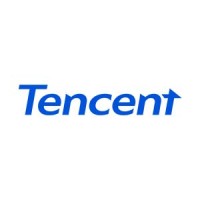
More than one billion people around the world use Instagram, and we’re proud to be bringing them closer to the people and things they love. Instagram inspires people to see the world differently, discover new interests, and express themselves. Since launching in 2010, our community has grown at a rapid pace. Our teams are growing fast, too, and we’re looking for talent across engineering, product management, design, research, analytics, technical program management, operations, and more. In addition to our headquarters in Menlo Park, we have thriving offices in New York City and San Francisco where teams are doing impactful work every day.






